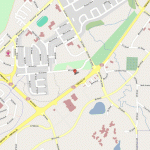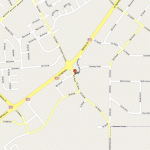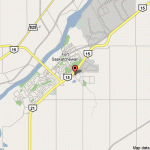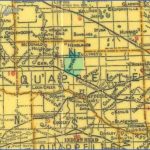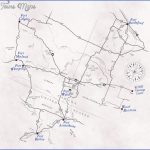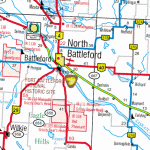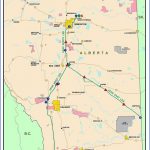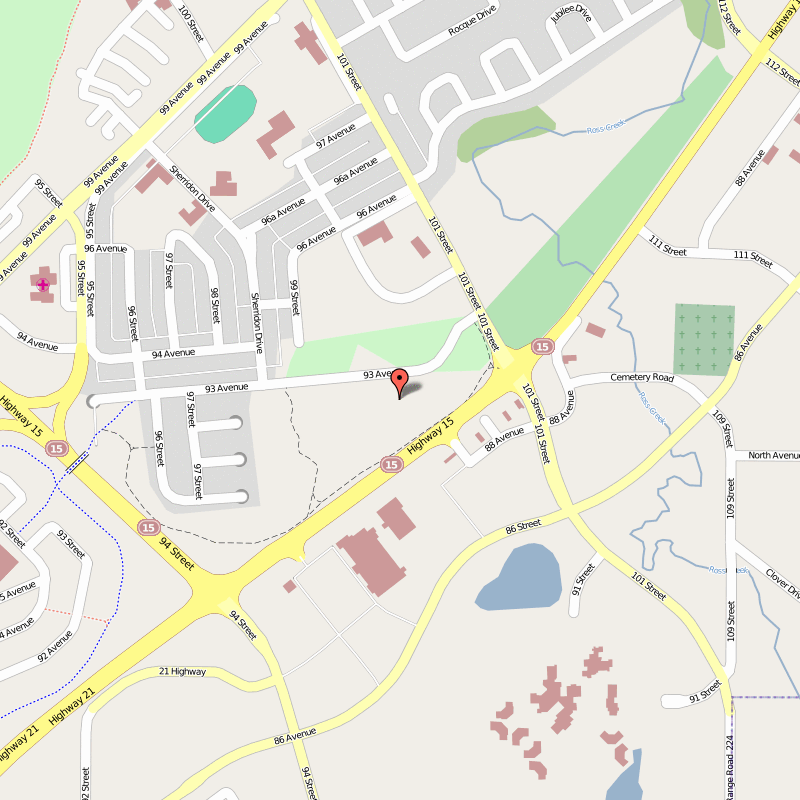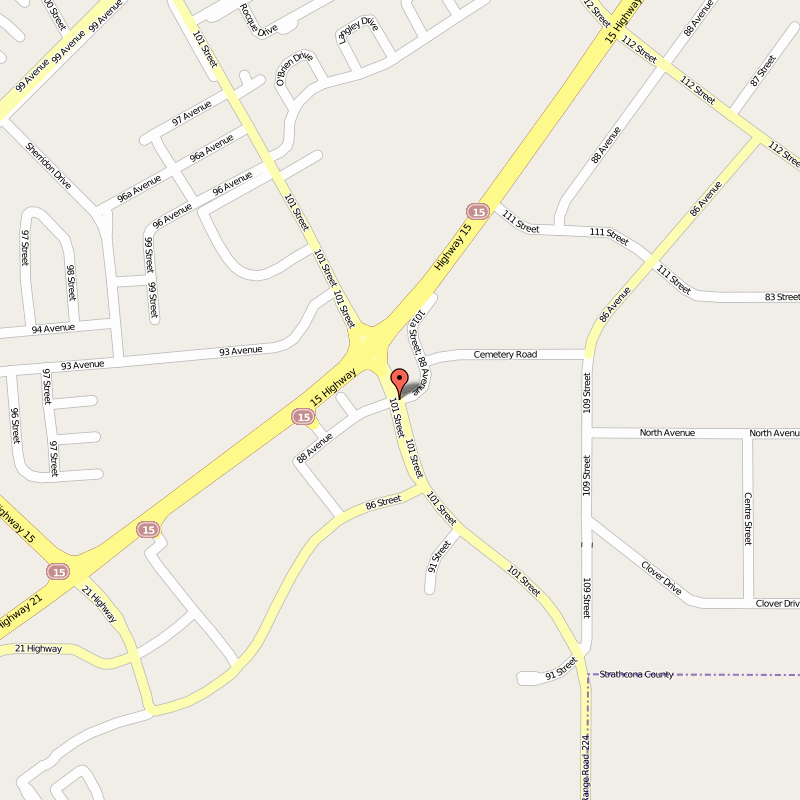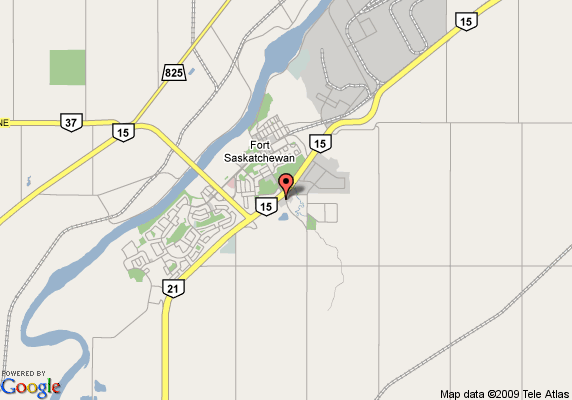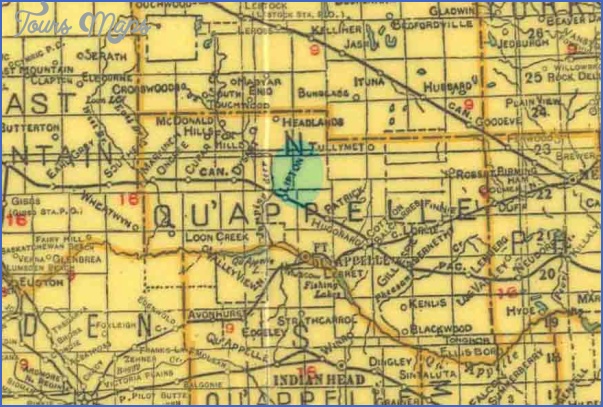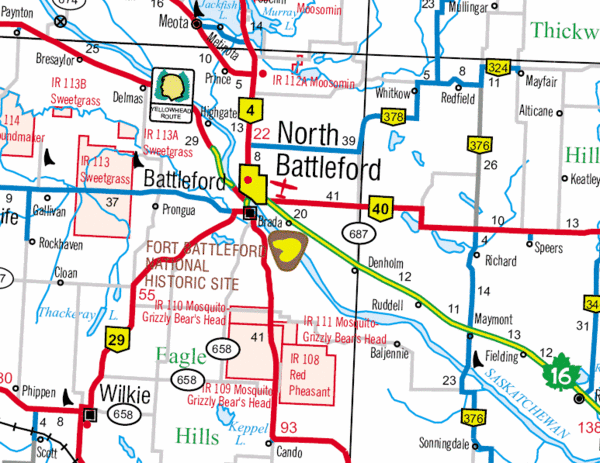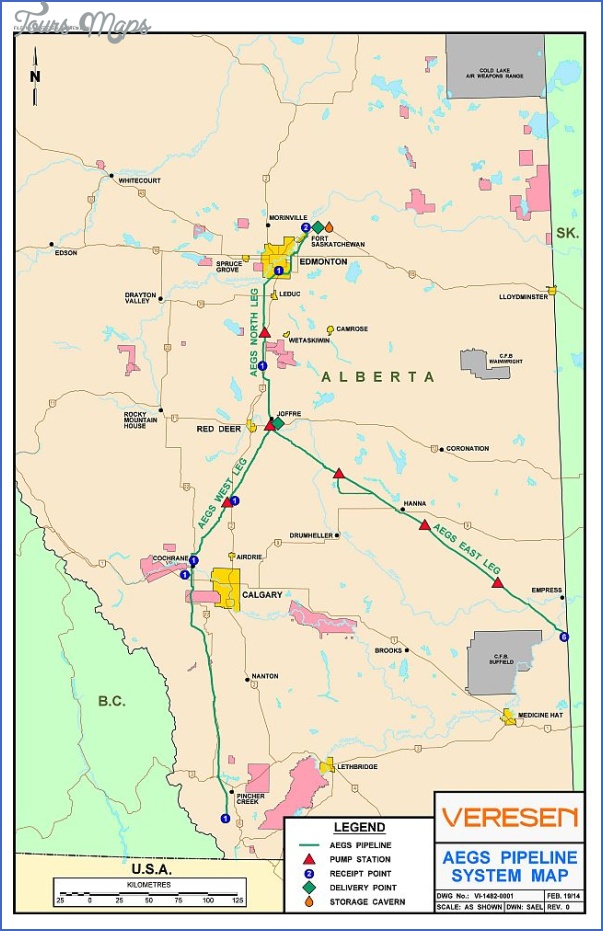FORT SASKATCHEWAN
Directions: Exit Edmonton on Hwy 16 east, and turn onto Hwy 21 north.
Distance: 38.7 km, or about 35 minutes, from Edmonton.
Info: Visitor Information Centre: Dow Centennial Centre, 8700-84th Street. 780-992-6261; www.fortsask.ca.
More than 200 years ago, the Fort Saskatchewan area was known for canoe building, thanks to the raw materials found near the mouth of the Sturgeon River in the Birch Hills. Anthony Henday camped here in spring 1755 to prepare for his trip back to Hudson Bay.
In 1795, the North West Company built Fort Augustus across the river from present-day Fort Saskatchewan. The rival Hudson’s Bay Company established its Edmonton House uncomfortably near, but by 1802 the fur trade was no longer profitable, and both forts relocated. A 1926 stone cairn overlooks the river flats, marking the site where the trading posts once stood.
After an exhausting trek across the prairies, the North West Mounted Police (NWMP) arrived in the area in 1874. In 1875, Inspector W. D. Jarvis built Sturgeon Creek Post, which later became Fort Saskatchewannamed from the Cree word for swift current. It was the area’s first North West Mounted Police post and the second post in what was still the North-West Territories. Though Edmonton residents wanted the post built closer to them, this site was chosen because the Canadian
Pacific Railway was expected to cross the river nearby. The railway’s plan eventually changed, but the post remained, and the Seventh Company of the 65th Mount Royal Rifles protected the fort during the 1885 Riel Rebellion. Afterwards, the NWMP presence was increased, and by year’s end the fort became G Division headquarters. When the division was transferred to Edmonton in 1913, the Alberta government bought the site and built a jail that opened in 1914. It held prisoners sentenced to less than two years and a day, as well as those remanded and awaiting trial; 29 prisoners were executed here between 1916 and 1960.
Fort Saskatchewan became a town in 1904 and was linked to Edmonton by a demanding dirt trail that wound around sloughs and woodlands. One fall morning in 1905, 170 wagon teams made their way along this well-used route. The Canadian Northern Railway arrived in 1905, and the town flourished as it became an established point on the transcontinental line from the east. By 1911 the town had 49 businesses and an $8,000 opera house. Transportation improved further when the road to Edmonton was gravelled in 1926, oiled in 1930, and paved in 1950. This was a time when mixed-gender drinking was allowed in Fort Saskatchewan but not in Edmonton, so you can imagine the popularity of this thoroughfare.
Sherritt Gordon Mines built a multi-million-dollar nickel refinery in Fort Saskatchewan in 1955. Growth continued steadily when petrochemical industries moved into the area, drawn to land availability, transportation access, salt deposits, and water supply. Fort Saskatchewan became a city in 1985. Today, the city and surrounding area are home to more than 21 light and heavy industrial plants.
Despite its city status, Fort Saskatchewan has taken a decidedly rural approach to cutting grass and controlling weeds. Guided by a shepherd, the city keeps a flock of 50 sheep to graze city lands. You can visit the friendly flock of living lawnmowers from Thursday to Sunday, 1:00 p.m. to 8:00 p.m., from early June to Labour Day weekend. The flock grazes the areas next to Legacy Park (99th Avenue and 101st Street), beside the Fort Saskatchewan Museum and Historic Site and the Warden’s House (10006100th Avenue), along the River Valley Amphitheatre and toward the river, as well as along River Road, from where the flock is herded, to Peter T. Ream Historic Park (on 100th Avenue from 100th Street to 101st Street).
The picnic tables outside the Fort Saskatchewan Railway Station and Grounds (10030-99th Avenue) are a nice place to stop for a rest. The original CNR stationmaster’s office and upstairs living quarters are nicely restored, and a 1957 caboose sits on an original piece of track outside the station, which now houses the Fort Saskatchewan Chamber of Commerce. You can see the station during the chamber’s operating hours, which are 8:30 a.m. to 4:00 p.m., Monday to Friday (780-998-4355).
Annual Fort Saskatchewan events include Canada Day Celebrations, with an antique car show, Legacy Park Family Festival (first Saturday in June), Neighbour Day (first Saturday in September), a sheep parade (Labour day), and a Santa Claus parade (last Saturday in November).
Fort Saskatchewan Museum and Historic Site Location: 10006-100th Avenue, Fort Saskatchewan.
Info: Open 10:00 a.m. to 4:00 p.m., Monday to Saturday, Victoria Day weekend to Labour Day weekend, and 10:00 a.m. to 4:00 p.m., Monday to Friday, Labour Day weekend to Victoria Day weekend. Guided tours available year around. Admission is charged; 780-9981783.
The museum’s central building is the Warden’s House, built in 1937. You will also find a 1909 brick courthouse, which was built for $20,000 in 1909. The artifacts here depict local North West Mounted Police history. You will also find an authentic farmhouse of the era, a doctor’s residence, a church, a school, and a machinery shed.
The 1875-85 North West Mounted Police Fort historic site includes eight heritage buildings and a re-creation of the NWMP Fort in a one-hectare village overlooking the North Saskatchewan River. Located near Legacy Park, Jarvis Park, and the CNR station, the buildings are furnished with period furniture and radiate the feeling of a bygone era. You can picnic here or visit one of several nearby downtown restaurants.
Stratotech Park International Raceway
Location: 55112 Hwy 825, Sturgeon Industrial Park, Sturgeon County; 9 minutes from Fort Saskatchewan. Take Hwy 15 (in Fort Saskatchewan) west to Hwy 37, then turn north on Hwy 825.
Info: Open April to October, Monday through Sunday, noon to dusk. 780-998-9995; www.stratotech.ca.
The largest track of its kind west of Montreal, Stratotech Park International Raceway is a complete kart, formula, and sport bike racing facility. It was awarded the MAX Award for Best Track at the North American International Motor Cycle Super Show in 2003 and hosted northern Alberta’s first Canadian National Karting Championship in 2006. Stratotech Park has a 9,000-square-metre paddock area, full-service garage, pro shop, and concession. Groups of 10 or more can rent karts.
FORT SASKATCHEWAN MAP Photo Gallery
Maybe You Like Them Too
- Explore Southgate, Michigan with this detailed map
- Explore Les Accates, France with this Detailed Map
- Explore Góra Kalwaria, Poland with this detailed map
- Explore Gumdag, Turkmenistan with this detailed map
- Explore Telfes im Stubai, Austria with this detailed map

